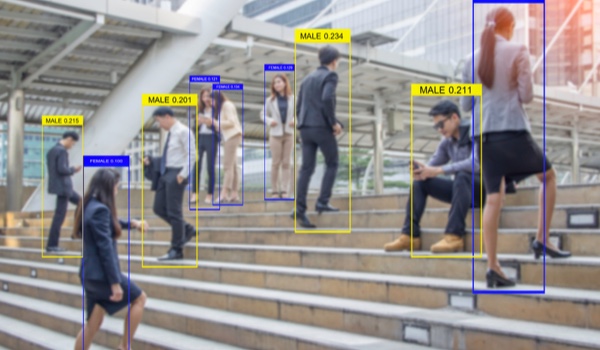


LONDON - The advance of deep learning (DL) methods has enabled algorithms to autonomously perform tasks incomprehensible to humans, including those who designed them. An emphasis on transparency has thus grown in recent times, alongside the proliferation of automated decision-making used to aid - or replace - human decisions.
This article aims to define the concept of transparency and bring together those involved in AI development and those impacted by it. Transparency encompasses many different issues and aspects, with no one-size-fits-all model. This is because transparency is subjective and depends on existing knowledge, the willingness and capacity (including time availability) to process new information and investigate a specific issue.
The transparency of an artifact arguably lies in the context of where it operates. An AI tool used in a medical setting, e.g., requires different degrees of transparency based on who operates it. Precision medicine software will need to provide a different set of information criteria to a patient compared to a medic. While the patient is less medically trained and more focused on efficacy, the medic will need to challenge the output, and accept liability.
Highlighting the contextual and subjective nature of transparency is important because the call for AI transparency has grown stronger. Critics, campaigners and some policymakers are keen to point out that AI tools tend to exist in a legal Wild West, with little transparency or accountability. Intellectual property laws and government secrecy prevent the public from auditing or knowing about them. Yet the same AI tools are being adopted to make core decisions in various government and business functions, including criminal justice, healthcare, education, employment, public benefits, insurance, and commerce.
A recent bill the New York City Council passed on November 10 addresses the issue of transparenc
The content herein is subject to copyright by The Yuan. All rights reserved. The content of the services is owned or licensed to The Yuan. Such content from The Yuan may be shared and reprinted but must clearly identify The Yuan as its original source. Content from a third-party copyright holder identified in the copyright notice contained in such third party’s content appearing in The Yuan must likewise be clearly labeled as such. Continue with Linkedin
Continue with Linkedin
 Continue with Google
Continue with Google












 4247 views
4247 views





